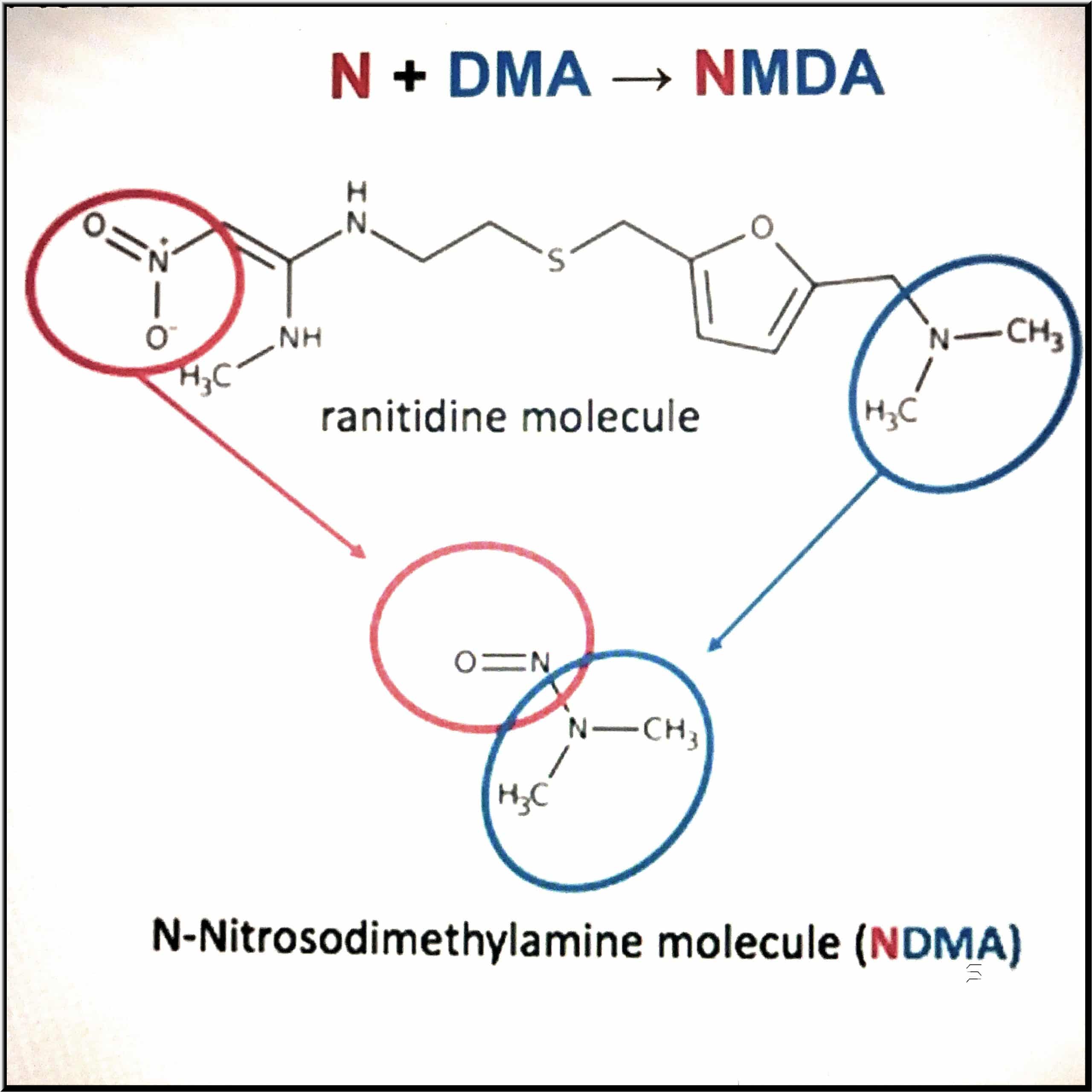Mass Torts vs. Class Action Lawsuits: The Real Differences
Article provided by Taylor Williams
Attorney at
The Advocates Injury Attorneys
As an attorney whom specializes in mass tort law, one question I am frequently asked at every
turn is what: exactly, is the difference between mass torts and class action lawsuits?
Over the years, popular movies such as Erin Brockovich and Michael Clayton have certainly
helped mainstream the topic of class action litigation. Unfortunately, mass tort law hasn’t yet
had its 10 minutes of fame, so it’s unsurprising for laypeople to confuse these types of lawsuits. Even lawyers outside of my field might be unfamiliar with the actual differences between
the two.
What is a Class Action Lawsuit?
Class action litigation is a lawsuit that involves several plaintiffs whom all have experienced
similar injuries caused by the same defendant. Typically, any class action lawsuit involves multiple injured plaintiffs, substantial injuries of a similar nature, and a common defendant whose
actions are deemed responsible.
Class action lawsuits tend to group plaintiffs into groups or “classes” according to how they
were injured. A representative is then chosen in order to safeguard the welfare of the entire
class. Each class is then treated as one plaintiff byway of their class representative.
A great example of how a class action lawsuit functions is a defective pharmaceutical which
inadvertently causes internal bleeding and other complications in, say, 2% of people who use
the drug. The drug is only manufactured by one company and it causes the exact same type of
injuries to the 2% of people of whom experience complications. According to federal law, this
group of people can join together if they so choose and file a class action lawsuit against the
pharmaceutical company responsible for their injuries and damages.
A class action allows the entire class of injury victims to essentially function as a single plaintiff
instead of each filing individual lawsuits. Class action litigation reduces unneeded strain on the
courts by preventing thousands of lawsuits being filed for the same issue.
Strict guidelines are usually set about regarding who and what injuries qualify for any one class
action lawsuit. Qualified victims are typically informed by mail or through television ads about
the class action lawsuit, what their rights are, and how they can join.
What are Mass Torts?
Mass tort litigation is a group of lawsuits filed on the national level by multiple attorneys which
represent hundreds, if not thousands of victims whom have been injured by the same product.
Mass tort lawsuits represent people suffering from a range of injuries and of varying severity
caused by the product.
Individual plaintiffs involved in a mass tort lawsuit will each file their claims on their own before
being consolidated into a single group. While each claim will be treated singularly, the group of
torts, the mass torts, if you will, will be heard by a judge as one despite being treated as unique
claims.
Mass torts usually involve damages caused by harmful pharmaceuticals, defective products, or
public health disasters, such as plane crashes or toxic chemical explosions.
The Difference Between Class Action Lawsuits and Mass Torts
The main difference between mass torts and class action lawsuits is how each group of plaintiffs is handled throughout the legal system.
With mass torts, plaintiffs are, indeed, a part of a large group, but each individual plaintiff is still
treated singularly. In short, every plaintiff in a mass tort must provide proof of the injuries and
losses caused by the defendant.
Victims represented in a class action lawsuit differ from mass torts in that they are all considered to be a single plaintiff. Victims in a class action are represented by a class representative
who stands in for every other plaintiff involved in the lawsuit. Put simply, all plaintiffs in a class
action lawsuit are effectively a single plaintiff.
Mass Tort and Class Action Similarities
The truth is mass torts and class action lawsuits actually have quite a bit in common. They are
both meant to represent large groups, or classes, of people whom have been injured or suffered similar damages. They both have common defendants responsible for said harm or damage. And they are both consolidated into a single legal maneuver instead of individual lawsuits
in order to ease the strain on the court system, as well as the plaintiffs and defendants involved.
If you believe you might qualify for representation in a mass tort or a class action lawsuit, it
might be wise to contact a relevant attorney to explore your legal options. Luckily, many such
attorneys can easily be found online and most all of them offer free consultations. They can
help you determine the correct course of action based on your particular situation. Best of luck
out there.





Comments